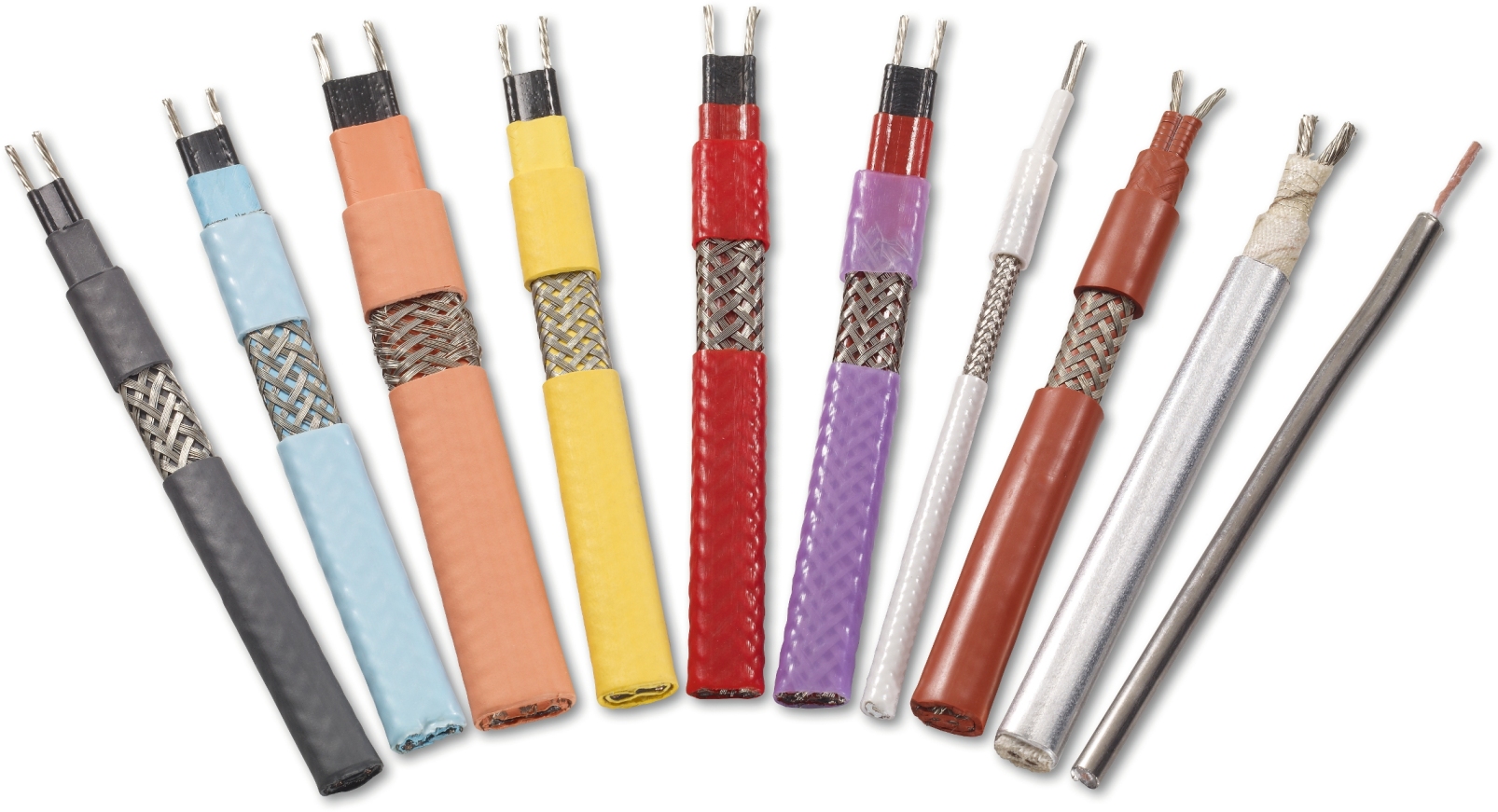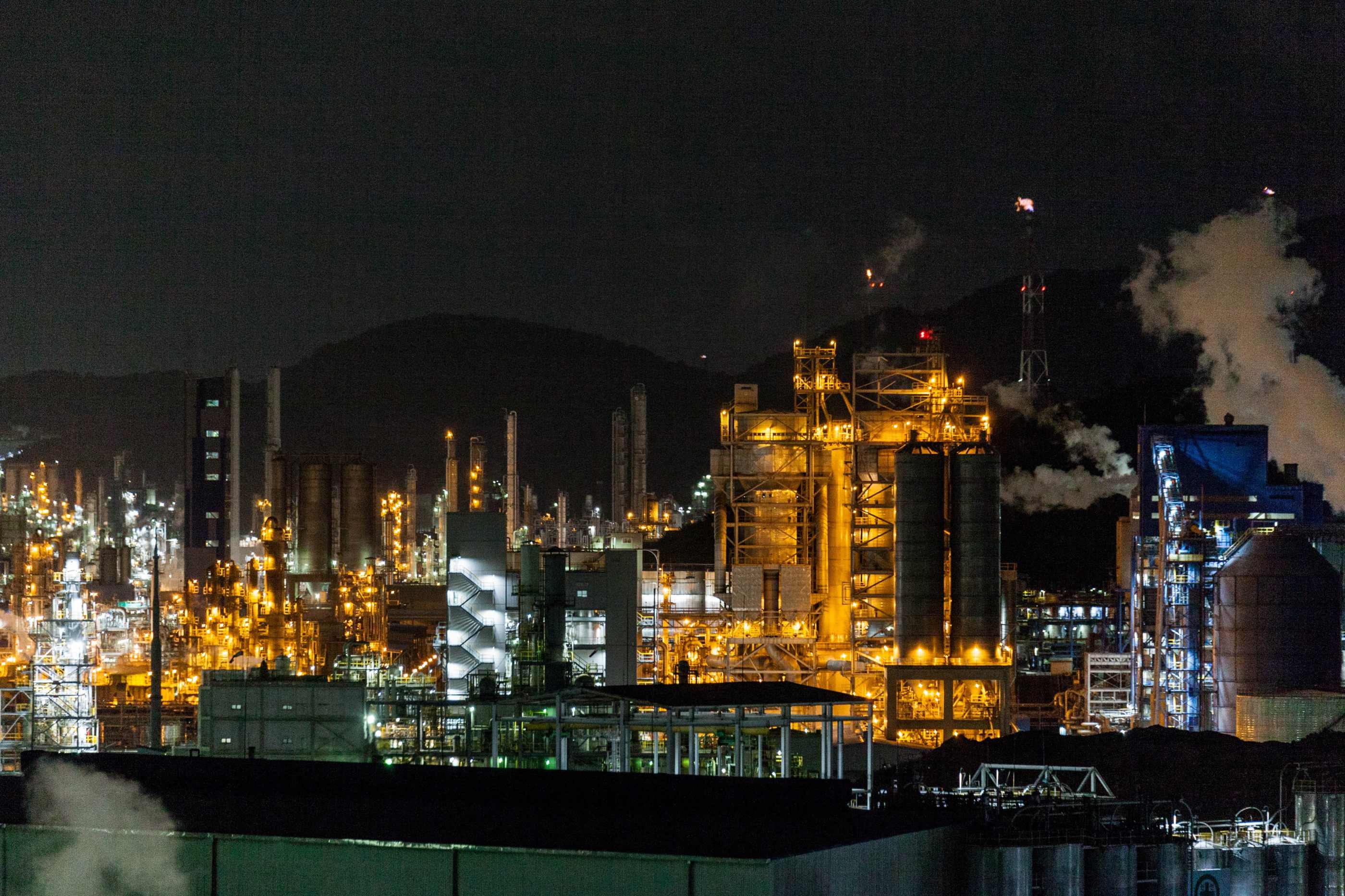We cover the complete set of customer solutions for industrial, ATEX or domestic heating with cable-heating systems.
Our specialised heat tracing solutions cover the complete range of services including:

Our working windows are:
As our technical offering portfolio is very complete, you will receive the
best techno commercial fit for your project.
Our offering is always personalised and based on the specifics and typicals of your
individual project.
Our Product ranges are fully compliant to the latest high end standards
within the industry norms and are fully backed by certifications.
As the Exclusive Be-Lux agent for Quintex we have the following heating product lines in our portfolio.
Product ranges
Only if it is a parallel type - so you'll need to identify the type of heating tape that you have. You can identify any 'type' of heating tape by simply looking at the end of the heating tape.
If you have a self-regulating heating tape, you will see two wires (sometimes referred to as 'buswires' or 'conductors'), surrounded by a narrow, black material (a semi-conductive core). The two conductors act as your 'live' and 'neutral' wires - it doesn't matter which one you use as which. First you have a coloured insulation layer. You may then have one (or two) further'layers' depending on the other options taken when ordering. If this describes what you're looking at, you have a self-regulating heating tape.
However, if you have a constant wattage heating tape and you will have two conductors. If you look at the end of a spirally wound, constant wattage heating tape, you will notice two round buswires - fairly close together. Surrounding these wires will be a jacket providing insulation. Spirally wound around this jacket will be a fine wire heating element. If you can see all of this, you have a Spiral Wound constant wattage heating tape. In case of doubt just call us !
Now that you have identified the type of heating tape that you have, you’ll be pleased to know that you can cut a self-regulating heating tape anywhere. If, however, you have a constant wattage heating tape, you will need to know how it has been constructed.
Basically, your spiral-wound constant wattage heating tape has ‘nodes’ cut-out of it. Nodes are points along the heating tape where the fine wire heating element make contact with each of the two conductors in turn along the heater. The nodes are cut-out approximately every metre, on alternate buswires. Each section between two alternate nodes is a heating zone. If you cut between the nodes, the distance between your cut and the next node is designed not heat-up (this acts as your ‘cold-lead’ into your junction box). A ‘flat-foil’ heating tape will have been riveted through the foils. The heating element is a flat, glass-woven ‘layer’ underneath the foils..
We cover the complete set of customer solutions for industrial, ATEX or domestic heating with cable-heating systems.
Our specialised heat tracing solutions cover the complete range of services including:

Our working windows are:
As our technical offering portfolio is very complete, you will receive the
best techno commercial fit for your project.
Our offering is always personalised and based on the specifics and typicals of your
individual project.
Our Product ranges are fully compliant to the latest high end standards
within the industry norms and are fully backed by certifications.
As the Exclusive Be-Lux agent for Quintex we have the following heating product lines in our portfolio.
Product ranges
We protect and keep our customers safe!
Our solutions consist in the supply of low voltage electrical equipment for use in Hazardous Area, such as Petro Chemical Industries, or oil and gas.
Our aim is to provide a fast and superb service in providing high quality standard Ex certified equipments at competitive prices.
We go above & beyond to keeping our customers our number one priority.

Product ranges
FAQ
If you’re working in an environment where there’s a risk of combustion, learning to understand ATEX codes applied to equipment is essential. By learning to interpret these codes you can determine whether the equipment is safe for use, ensuring protection at all times from ignition.
Codes label guide
In Europe, areas are defined as a Zone depending on the type of hazard. In America, the same applies but are classified as Divisions.
| European & IEC Classification | Definition of Zone or Division | North American Classification |
|---|---|---|
| Zone 0 (Gases) - "G" | An area in which an explosive mixture is continuously present or present for long periods | Class I Division 1 (Gases) |
| Zone 20 (Dusts) - "D" | An area in which an explosive mixture is continuously present or present for long periods | Class II Division 1 (Dusts) |
| Zone 1 (Gases) - "G" | An area in which an explosive mixture is likely to occur in normal operation | Class I Division 1 (Gases) |
| Zone 21 (Dusts) - "D" | An area in which an explosive mixture is likely to occur in normal operation | Class II Division 1 (Dusts) |
| Zone 2 (Gases) - "G" | An area in which an explosive mixture is not likely to occur in normal operation and if it occurs will exist only for a short time | Class I Division 2 (Gases) |
| Zone 22 (Dusts) - "D" | An area in which an explosive mixture is not likely to occur in normal operation and if it occurs will exist only for a short time | Class II Division 2 (Dusts) |
| Class III Division 1 (Fibres) | ||
| Class III Division 2 (Fibres) |
Gas can be extremely volatile; learning to classify the gas in an area and using equipment certified as safe for use with that gas is essential to prevent ignition.
Generally gasses are classed into two groups, Group I – Mining and Group II – Surface Industries.
| Typical Gas/Material | European/I.E.C Gas Group | North American Gas Group |
|---|---|---|
| Methane | I | - |
| Acetlyene | IIC | A |
| Hydrogen | IIC | B |
| Ethylene | IIB | C |
| Propane | IIA | D |
| Metal Dust | - | E |
| Coal Dust | - | F |
| Grain Dust | - | G |
The ‘I’ symbol referenced above refers to the device group as being suitable for mining. The ‘II’ symbol denotes use in other explosive areas.The A, B and C symbols are used to show the volatile nature of a gas in the environment. A is the least volatile, B is medium-danger and C is highly dangerous gasses such as Hydrogen. So if a piece of equipment has a IIC rating, this means it is suitable for use in highly dangerous gas environments.
Sometimes all it takes to ignite the atmosphere can be a rise in temperature. This can be anything from a hot surface to a piece of equipment gradually rising in heat during use.
All electrical equipment to be used in hazardous environments is classified according to the maximum surface temperature it will reach during use. Each piece of equipment is designed with a ‘T’ rating along with a number (which varies depending on American/European classifications).
The following table outlines the different classifications for temperature.
| Temperature Classification | Maximum Surface Temperature | |
|---|---|---|
| European/I.E.C | North American | |
| T1 | T1 | 450°C |
| T2 | T2 | 300°C |
| T2A | 280°C | |
| T2B | 260°C | |
| T2C | 230°C | |
| T2D | 215°C | |
| T3 | T3 | 200°C |
| T3A | 180°C | |
| T3B | 165°C | |
| T3C | 160°C | |
| T4 | T4 | 135°C |
| T4A | 120°C | |
| T5 | T5 | 100°C |
| T6 | T6 | 85°C |